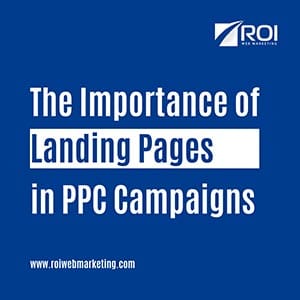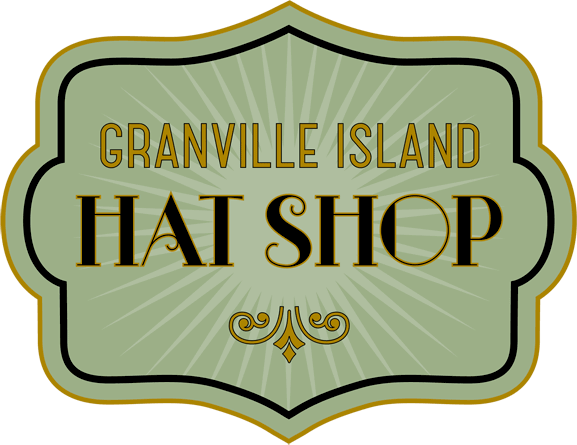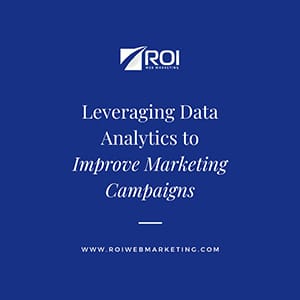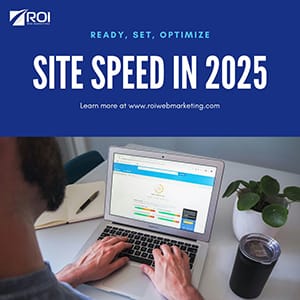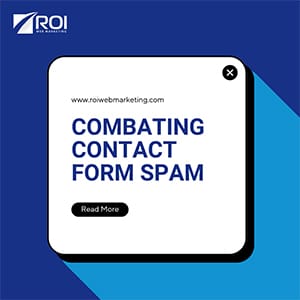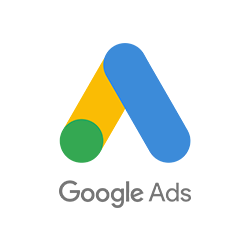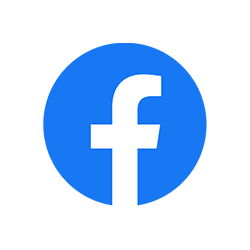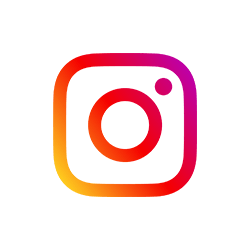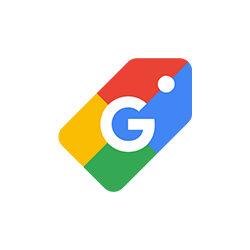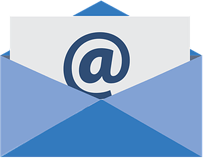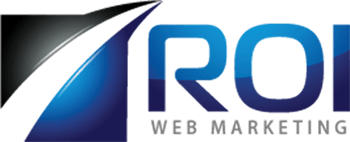Why PPC Landing Page Strategy Matters
You only pay for PPC ads when someone clicks on them, which can make them more cost-effective than traditional options. However, you pay even when a click doesn’t lead to a new customer. Fortunately, there are ways to maximize the chance that a PPC ad will lead to sales. One of them is the creation of specialized landing pages. Good ads are targeted. If your targeted ads don’t lead to equally targeted landing pages, you’ve got a problem on your hands.
Maximizing PPC Campaign Success
In effective PPC campaigns, the message of an ad matches the content of the landing page it leads to. There are several ways to make this happen. Headlines for ads and landing pages can mirror each other. Another important aspect of tying ads and their targeted landing pages together is creating a consistent visual style, which also reinforces your company’s brand identity. If a PPC landing page meets people’s expectations—delivering on an ad’s promises—page bounce rates will drop. Removing the navigation menu from a PPC landing page is also wise because it keeps people’s focus on the page’s call to action.
What does PPC landing page optimization look like? Here are some examples of what to do:
- Customize different landing pages to target the particular audience segments that your ads are aimed at.
- Tailor landing pages to match search intent.
- Match different landing pages and their offers to corresponding ad groups.
Proven Landing Page Optimization Techniques for PPC
PPC landing page optimization for ads is complex but very worthwhile. Each page needs to have one clear goal. For example, it’s a mistake to try and combine lead generation and sales on a single landing page. Similarly, different offers should have their own pages. The mirrored headlines in ads and their corresponding landing pages should both include the primary keyword while conveying your unique value proposition.
Social proof in the form of testimonials or client logos is helpful. CTAs should include buttons with text that encourages the action you want visitors to take, whether that means starting a free trial, signing up for an email list, making a purchase, or something else. The page’s CTA should be noticeable at a glance. Mobile optimization is also vital since a huge percentage of web surfers are on their phones. This means responsive text size, touch-friendly buttons, fast loading times, and forms that visitors can fill out with ease even on tiny screens.
Your work isn’t done once the landing pages are up. You’ll still want to collect data to determine whether the landing pages are effective and what changes to implement over time. Tracking bounce rate, conversion rate, and the time people spend on each page will help you correct course when necessary while emphasizing the things that do work. You can even create more than one landing page for the same ad, allowing you to perform A/B tests. Though you can manage all of the above tasks yourself, many business leaders choose to rely on web marketing experts to handle the technical details, allowing those leaders to focus on the tasks only they can perform.


